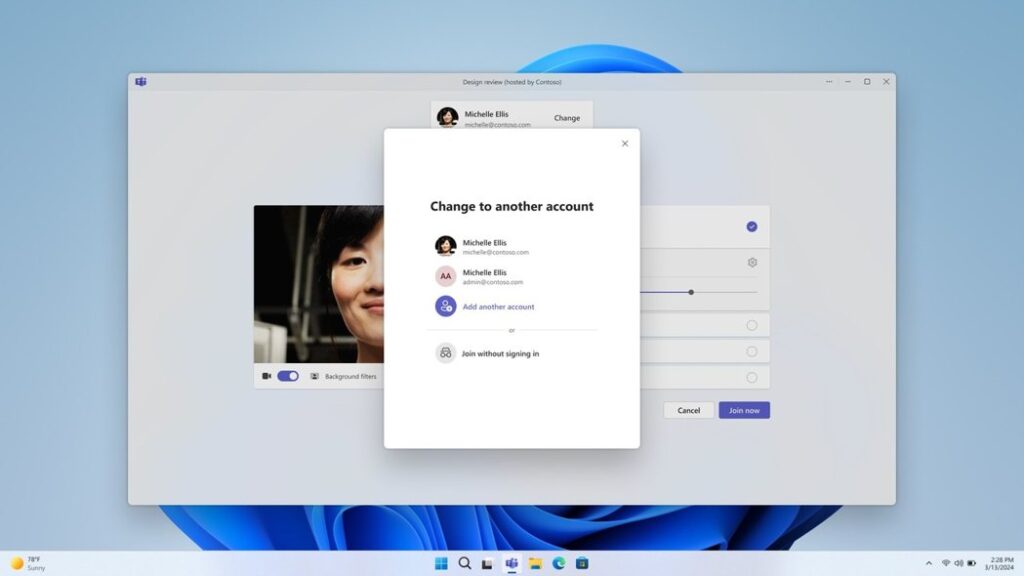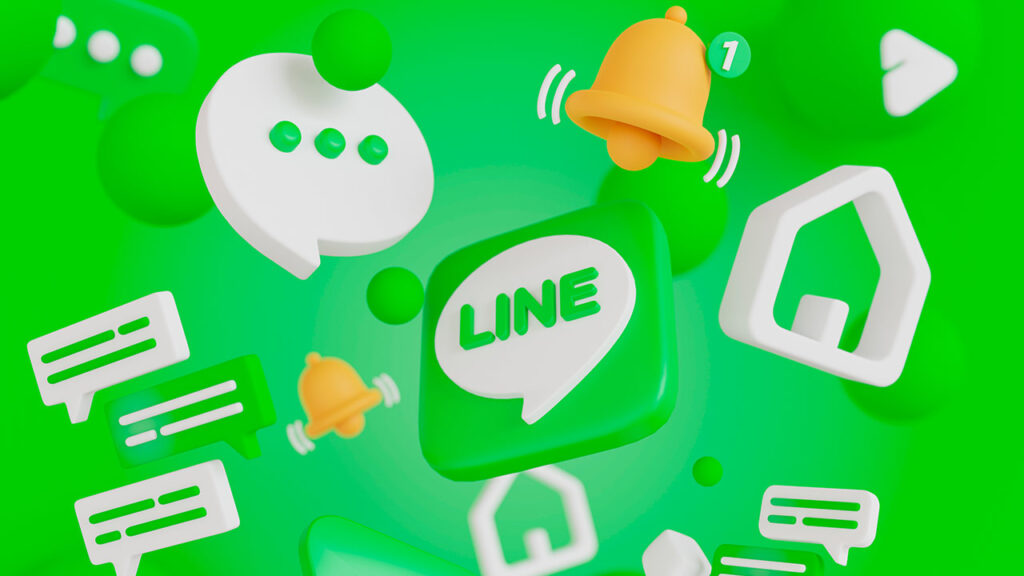The real estate industry is undergoing a technological transformation, and one of the most impactful innovations is virtual staging software. Traditionally, home staging involved hiring professional designers, renting furniture, and physically redecorating a home to make it more appealing to potential buyers. While effective, this method was time-consuming and costly. Today, virtual staging software is changing that. It allows real estate professionals to digitally furnish and decorate properties using software tools that are fast, cost-efficient, and visually stunning. This revolution is not only changing how properties are presented but also how buyers make decisions check this out right now for more.
What is Virtual Staging Software?
Virtual staging software is a digital tool used to insert furniture, decor, and design elements into images of empty rooms or under-furnished spaces. It gives potential buyers or renters a realistic sense of what a property would look like once furnished. Instead of hiring movers and interior decorators, agents can simply upload photos of a property, choose from a variety of furniture styles, and generate professionally staged visuals in a matter of hours. This innovative software is accessible to agents, photographers, and even individual sellers who want to present their property in the best light.
Benefits of Virtual Staging for Real Estate Professionals
The adoption of virtual staging software offers multiple advantages. One of the biggest benefits is cost savings. Traditional staging can cost anywhere from hundreds to thousands of dollars per home. In contrast, virtual staging costs a fraction of that. This enables real estate professionals to stage multiple homes without breaking their marketing budget. In addition, virtual staging is much faster. A home can be staged virtually in under 48 hours, compared to the days or even weeks required for physical staging.
Another benefit is flexibility. Virtual staging software allows users to choose from a wide variety of furniture and decor styles, catering to different tastes and demographics. A modern loft in the city can be staged with minimalist urban decor, while a suburban family home can be presented with cozy and traditional furnishings. This customization allows agents to target specific buyer segments more effectively.
Enhancing Buyer Imagination and Emotional Connection
One of the challenges in selling or renting an empty property is that many buyers struggle to visualize what the space will look like when furnished. Empty rooms often feel smaller and less inviting. Virtual staging solves this issue by showing the full potential of a space. Professionally staged images make a stronger emotional connection with potential buyers. When buyers can see themselves living in the space, they are more likely to inquire further and book a showing. This emotional engagement can significantly shorten the time a property stays on the market.
Boosting Online Listings and Engagement
In today’s digital-first world, most property searches begin online. This means the quality of images on a listing can make or break a potential sale. Virtual staging software plays a crucial role here. A well-staged photo can dramatically increase the number of clicks and shares a listing receives. Listings with staged visuals attract more attention, generate more inquiries, and lead to faster sales or rentals. The call to action becomes more compelling when paired with staged imagery. For instance, when buyers scroll through listings and see a beautifully staged photo, they are more likely to click the link that says read more clicking this now, boosting traffic and engagement.
Adapting to the Post-Pandemic Real Estate Landscape
The COVID-19 pandemic accelerated the digital transformation of the real estate industry. Virtual tours, 3D walkthroughs, and video conferencing became the norm. In this context, virtual staging has become even more valuable. It allows buyers to explore and visualize properties from the comfort of their own homes. For agents and sellers, it means reducing in-person showings and keeping the process more efficient. Even as in-person interactions resume, virtual staging remains a powerful tool for initial engagement and marketing.
Use Cases Beyond Residential Real Estate
While virtual staging is widely used in residential real estate, its benefits extend to other sectors as well. Commercial real estate agents use virtual staging to present office spaces, retail locations, and rental units in various configurations. Property developers use it to showcase unfinished or yet-to-be-built units. Vacation rental owners use it to boost bookings by presenting professionally staged interiors. In every case, virtual staging adds value by making spaces more visually appealing and market-ready.
Addressing Common Misconceptions and Ethical Use
Despite its many advantages, some concerns about virtual staging do arise. One common misconception is that it misleads buyers. However, reputable agents and platforms clearly disclose when images have been virtually staged. Transparency is key to maintaining trust. Ethical use of virtual staging means avoiding alterations that change the structure or size of the property. The goal is not to deceive but to help buyers see the potential of a space. As long as it’s used responsibly, virtual staging is a tool for empowerment rather than manipulation.
The Future of Real Estate Marketing
Virtual staging software is only the beginning. As technology evolves, we can expect to see even more sophisticated tools emerge. Augmented reality (AR) and virtual reality (VR) are already being integrated with staging tools, allowing buyers to walk through staged homes in real time using AR glasses or mobile apps. Artificial intelligence is also enhancing staging capabilities by offering automated furniture placement based on room dimensions and layout. These innovations will continue to push the boundaries of how properties are marketed and experienced.
Choosing the Right Virtual Staging Software
For agents and sellers looking to embrace virtual staging, choosing the right software is crucial. Key features to look for include a wide selection of furniture templates, high-resolution output, user-friendly interface, and customization options. Some leading virtual staging platforms even offer additional services like photo enhancement, floor plan design, and virtual renovations. Reviews, pricing, turnaround time, and customer support are other factors that should be considered. Once the right platform is selected, the process becomes streamlined and repeatable, saving time and effort with each listing.
Conclusion
Virtual staging software is revolutionizing the real estate industry by making property marketing more efficient, engaging, and cost-effective. It empowers agents to present homes in their best light, helps buyers visualize living in a space, and accelerates the decision-making process. As the market continues to evolve, digital tools like these will become indispensable. For anyone involved in selling, buying, or marketing property, leveraging the power of virtual staging is not just an option—it’s becoming a necessity.



